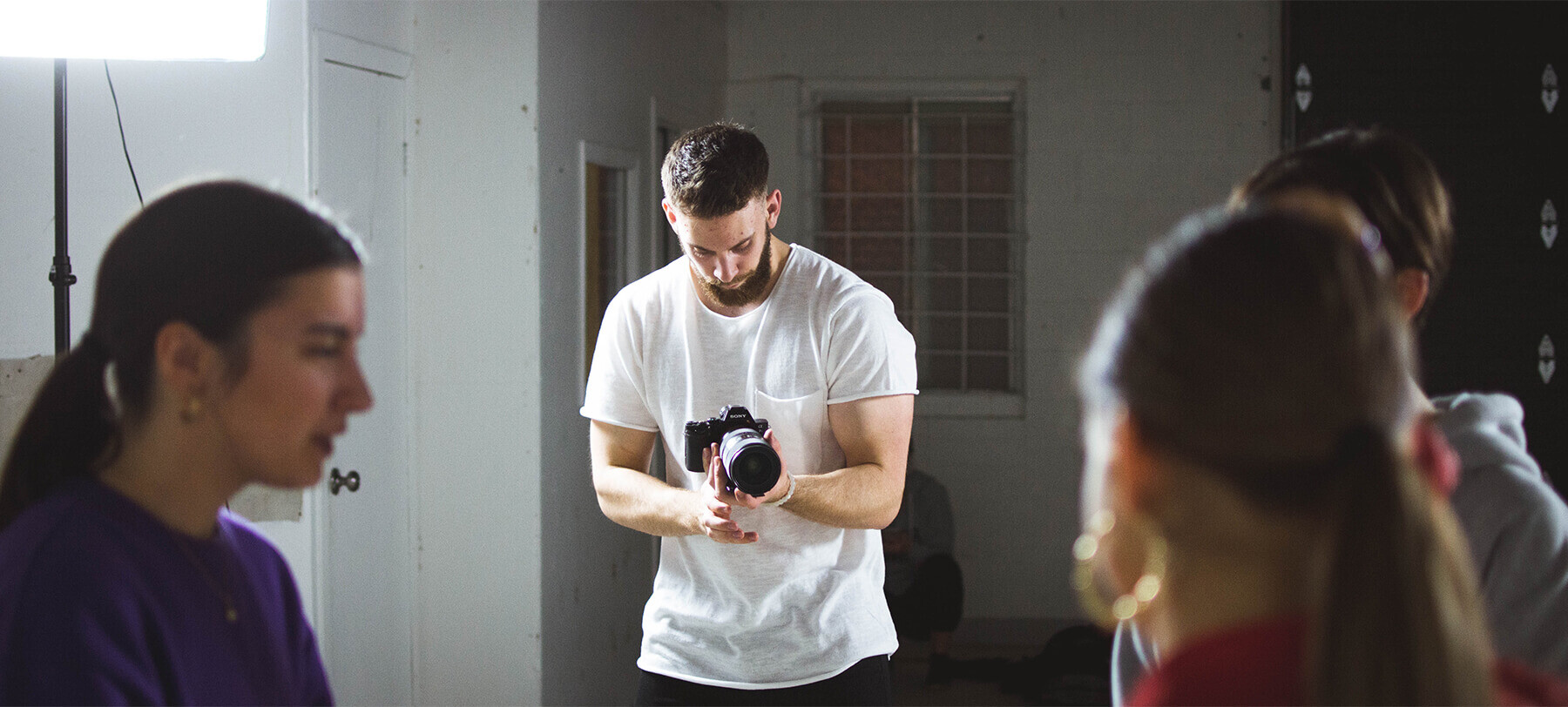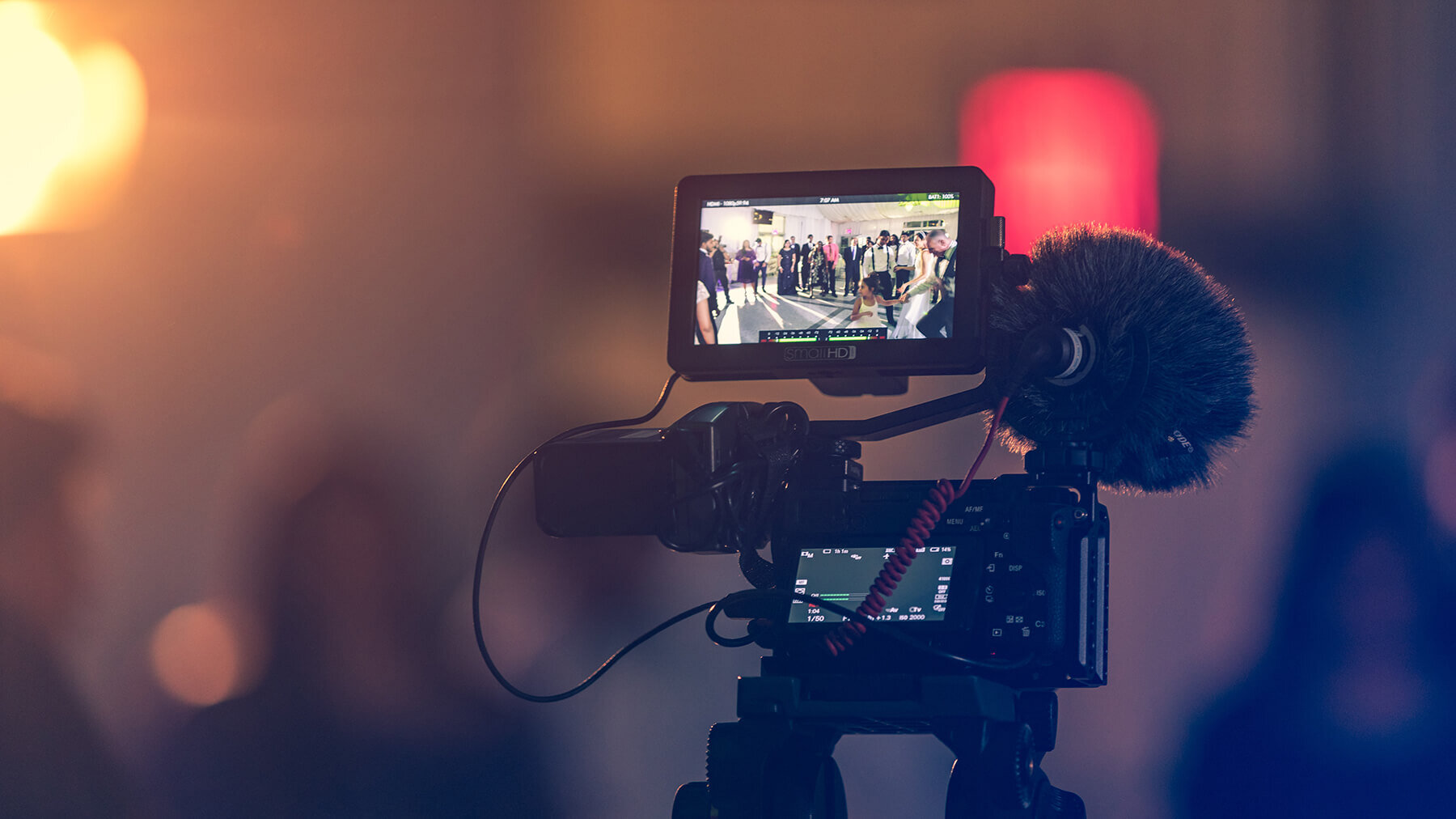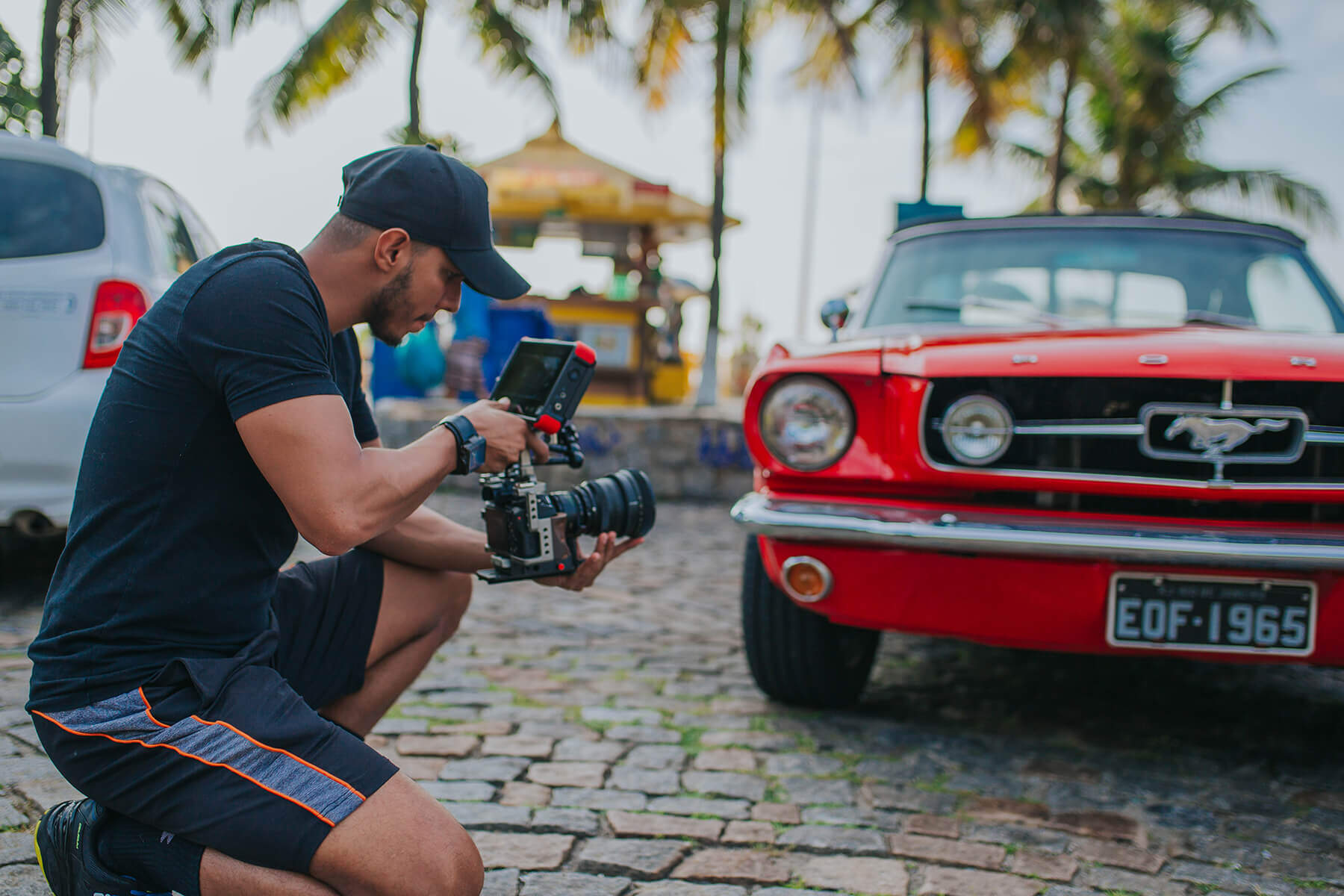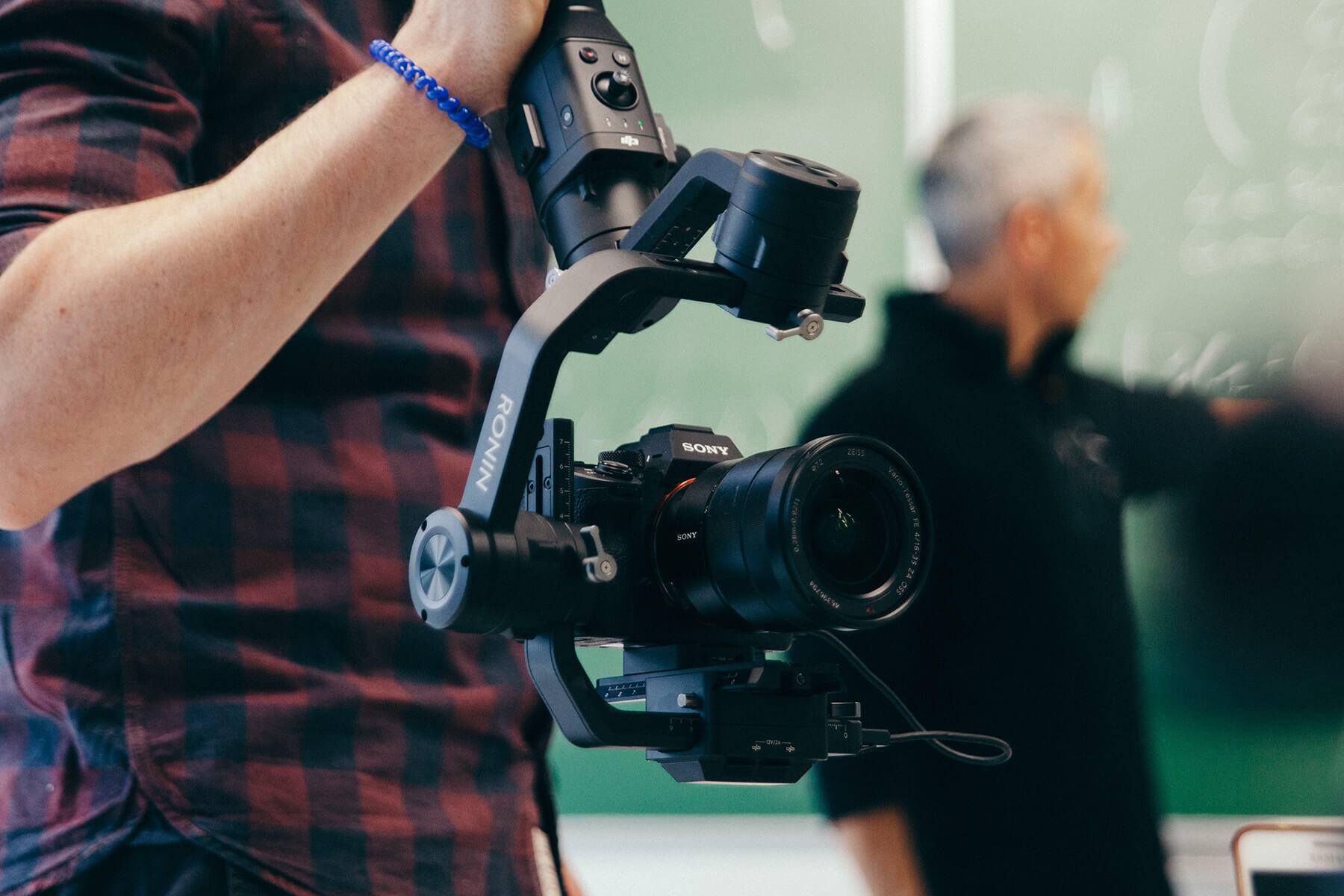
How to prepare for your first video shoot
7 minute read
As you explore videography, sooner rather than later you’re going to have to actually create a video, and when you do, being prepared is absolutely crucial.
You’ve got the essential video settings firmly understood, you’ve been shooting some B-roll footage, practicing your video editing, maybe even writing some creative ideas. Now it’s time for a full shoot.
Whether it’s a creative personal project, a commercial-style video or even your first bit of paid videography work, knowing what to expect and being prepared is needed, in order to succeed.
Without a detailed plan in place, there’s every chance your shoot will not go smoothly – a situation you want to avoid at all costs, especially if people are relying on you. If there isn’t much riding on your shoot, there’s no real need to worry (failures are part of the learning process) but doing things right is good practice for the times it does matter.
Here are the essential pre-production steps for successful videography.

Pre-production groundwork
The first step in shooting a video is knowing what you actually want to shoot. This could be completely original or a set of creative ideas to fulfil a brief, but knowing what you want to capture is the very foundation of your video. Even videos with somewhat uncertain content, like documentaries, have a strong set of ideas and real intention behind them.
Writing a script
If you’re not shooting a creative video with a traditional narrative, characters and dialogue, you may think a script isn’t necessary, but that’s not the case. Almost any kind of video starts with a script – after your ideas are in place, of course.
Every video tells a story in at least some sense, even B-roll-style commercial videos, and it’s important to get these down on paper. Even if your script loosely describes content, pace, mood and any other essential elements you’ve planned for your video, it can be extremely helpful.
If you’re dead set against a script, a storyboard could suffice in place. Afterall, there’s no correct way to go about things in videography, but the typical steps are typical for a reason.

Creating a shot list
When you’ve written your script and fleshed out your original ideas on paper, the next step is creating a shot list. This is commonly done in the first instance by marking up the script, with a more detailed and refined list following thereafter.
Creating a shot list can actually be great fun, as it combines directorial elements with videography. Here, you want to envision how each scene could look, right down to specific shots and cuts. The ideal situation would be arriving at your shoot and rattling off every shot exactly as you imagined and planned them.
Of course, that’s unlikely, but having clear ideas about where you’ll shoot, what the lighting will be like, how much space is available, what type of kit you’ll be using and things of that nature help hugely at this stage. With all of these factors in mind, keep plans realistic.
Without a shot list, it’s easy to waste a lot of time on set, and if it’s professional work, time is money. Don’t feel like you can’t experiment – that’s a huge part of filmmaking and videography – but get the essentials in the bag first, then try to add more.
On the day
There’s only so much prep you can do before you have to just get down to it, and when it comes to the day (or days) of the shoot, be prepared to be flexible. Trying to stick rigidly to all of your plans if you hit obstacles can be a recipe for disaster.
As we said, in an ideal world, you’ll be able to follow your shot list and get everything you’ve hoped for without much of a problem, and the more you research your location, timings etc., the more likely this is.
One important thing to keep in mind is continuity. If one of your shots doesn’t go to plan, will that have a knock-on effect? Even if they do go well, keep an eye out to make sure continuity is maintained, particularly with narrative pieces. If you’re a one-person videography operation, which is likely if you’re reading this, you’re a script supervisor as well as a director, camera operator, editor and more.
The ability to prioritise is also a key skill. It’s well worth considering what shots and audio clips rely on people, objects and places you have limited access to, specific lighting and other time-sensitive elements. If you only have time to record an actor that you have limited time with or record some ambient sound that could realistically be done anywhere at another time, the choice is obvious. We trust you know this, but if you aren’t considering it in the first place, it can be easily overlooked.
Ultimately, ask yourself what could only be done here and now, and what could be picked up on your own time. If it’s commercial work rather than a personal project, running over into your own time is a different matter.

Some things are best learned through experience, and videography is certainly no exception. Hopefully these tips have given you what you need to take your first steps.
For more essential filmmaking know-how, interviews with the pros and the latest info on kit, take a look at our sister title, Pro Moviemaker. By signing up to the newsletter, you can read issues for free online!
You can find us on Instagram, Twitter or Facebook, at the handle @photonewspn
Don’t forget to sign up to receive our newsletter below, and get notified about the new issue, exclusive offers and competitions.




